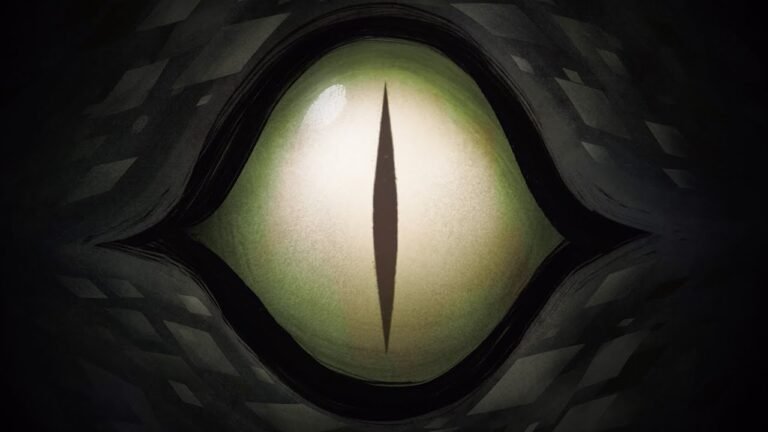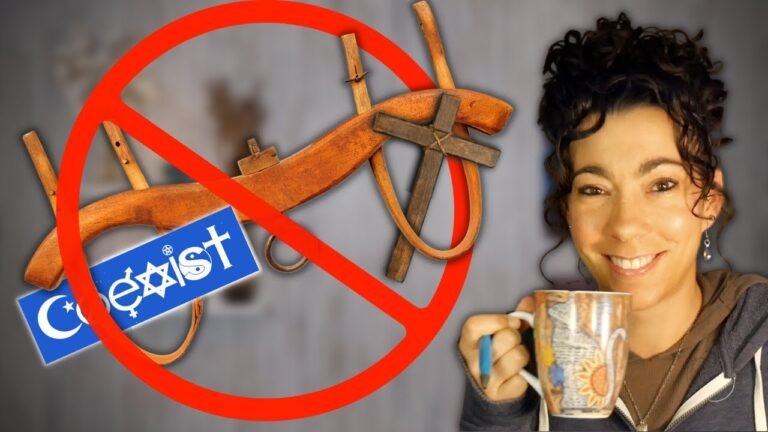Exploring the Many Names of the Devil
Throughout history, the names of the devil have fascinated and terrified cultures around the globe. From ancient texts to modern literature, these monikers carry a weight of fear, intrigue, and symbolism. Each name reflects not only the characteristics attributed to this malevolent figure but also the societal anxieties and moral dilemmas of its time. As we delve into the myriad names of the devil, we uncover a rich tapestry of folklore, theology, and psychology that continues to shape our understanding of evil today.
What are the various names used for the Devil?
Throughout history and across various cultures, the figure of the Devil has been known by many names, each reflecting different interpretations and beliefs. Some of the most recognized names include Satan, Lucifer, Beelzebub, Mephistopheles, and Iblis. These aliases often embody distinct characteristics and roles within their respective mythologies, highlighting the complex nature of this malevolent entity.
In artistic and literary depictions, the Devil is frequently characterized by a range of visual traits, such as colors like blue, black, or red, and physical features that can vary from having horns to appearing hornless. These portrayals serve to symbolize the duality of temptation and evil, allowing cultures to explore the darker aspects of human nature through a myriad of representations.
What is the true name of Satan?
Satan, often depicted as the embodiment of evil, is referred to by various names throughout religious texts. In the New Testament, the terms “Satan” and “diabolos” are used interchangeably, highlighting his role as the adversary and accuser. This duality emphasizes the complexity of his character, suggesting both a singular entity and a broader concept of opposition to divine good.
Additionally, the name Beelzebub emerges as a significant title associated with Satan. Derived from the Hebrew Bible, this term translates to “Lord of Flies” and carries a derogatory connotation, reflecting the disdain with which he is regarded. Historically, it is believed that Beelzebub was originally a Philistine god, with his name likely evolving from “Ba’al Zabul,” meaning “Baal the Prince,” which indicates a transformation from worship to vilification in religious narratives.
These names and their origins provide a fascinating insight into the evolution of Satan’s identity across religious texts. The interchangeable use of “Satan” and “diabolos” alongside the contemptuous title of Beelzebub illustrates how cultural perceptions of evil have shifted over time. Each name encapsulates a different aspect of this complex figure, forming a rich tapestry of meaning that continues to resonate in theological discussions today.
Who is the most powerful demon?
In the realm of mythology and folklore, the title of the strongest demon often falls to figures like Lucifer or Asmodeus. These entities are not only characterized by their immense power but also by their cunning intelligence and ability to manipulate the world around them. Their narratives are woven into various cultures, reflecting humanity’s fears and fascinations with the darker aspects of existence.
Lucifer, often depicted as a fallen angel, embodies both light and darkness, making him a compelling figure in discussions of power and rebellion. His strength lies not just in brute force, but in his ability to bend the wills of others and challenge the very fabric of morality. Asmodeus, on the other hand, is often associated with lust and chaos, representing the destructive potential of unchecked desires. Together, these demons symbolize the complex interplay of power, temptation, and the human condition.
Ultimately, the concept of the strongest demon serves as a mirror reflecting our own struggles with temptation and morality. Whether viewed through a religious lens or as a literary archetype, these figures challenge us to confront our inner demons. They remind us that true strength is not merely physical but also lies in the choices we make and the battles we fight within ourselves.
Unveiling the Dark Monikers of Evil
Throughout history, certain names have become synonymous with malevolence, their very utterance evoking fear and trepidation. These dark monikers often carry a weight that transcends their bearers, representing not just individual acts of evil but a collective acknowledgment of humanity’s darkest impulses. Figures such as Vlad the Impaler and Joseph Stalin have etched their names into the annals of infamy, serving as reminders of the atrocities that human beings are capable of when power and cruelty intertwine.
The fascination with these sinister figures goes beyond mere historical curiosity; it taps into a deeper psychological intrigue. People are drawn to the stories of those who embody our worst fears, as if by understanding the roots of evil, we might somehow gain control over it. The narratives surrounding these individuals often reveal a complex interplay of circumstances, ideology, and personal failings, prompting us to question not only their motivations but also the societal conditions that allow such darkness to flourish.
In examining these dark monikers, we confront uncomfortable truths about our own nature. The names we assign to evil serve as cautionary tales, urging vigilance against the potential for cruelty that resides within us all. By reflecting on these figures and their legacies, we not only honor the memories of their victims but also engage in a vital dialogue about morality, accountability, and the enduring struggle against the forces that seek to undermine our shared humanity.
A Journey Through the Devil’s Identities
In the heart of folklore and myth, the Devil emerges not just as a singular entity but as a tapestry of identities woven through cultures and centuries. From the cunning tempter of biblical tales to the charismatic trickster of popular literature, each incarnation reflects humanity’s struggle with morality and temptation. This journey through the Devil’s many faces reveals our deepest fears and desires, challenging us to confront the shadows within ourselves. As we explore these diverse representations, we uncover not only the complexity of evil but also the enduring hope for redemption that often accompanies it, reminding us that light and darkness coexist in a delicate balance.
The Multifaceted Faces of Temptation
Temptation is a complex phenomenon that manifests in various aspects of our lives, often challenging our values and desires. It can appear as a fleeting urge or a persistent craving, drawing us toward choices that may seem enticing yet carry hidden consequences. From the allure of indulgent treats to the seduction of procrastination, temptation plays a pivotal role in shaping our decisions and behaviors, reflecting the delicate balance between impulse and restraint.
In relationships, temptation takes on a different form, often blurring the lines between loyalty and desire. The excitement of a new connection can spark intrigue, leading us to question our commitments and priorities. This dynamic reveals the deeper human struggle between the pursuit of immediate gratification and the long-term fulfillment that comes from nurturing meaningful connections. Understanding this facet of temptation allows us to navigate our emotions with greater clarity and intention.
Ultimately, the multifaceted faces of temptation invite us to explore our inner motivations and the choices we make. By recognizing the influences that drive us, we can cultivate a sense of awareness that empowers us to resist fleeting desires in favor of lasting satisfaction. Embracing this journey of self-discovery enables us to transform temptation from a source of conflict into an opportunity for personal growth and resilience.
Understanding the Devil’s Diverse Nomenclature
Throughout history, the figure of the Devil has been depicted in myriad ways across cultures, each name reflecting distinct characteristics and attributes. From the Latin “Diabolus” to the Hebrew “Satan,” each term encapsulates a range of beliefs about evil, temptation, and moral adversity. This diverse nomenclature not only highlights the complexity of the concept but also illustrates how different societies interpret the struggle between good and evil, weaving intricate narratives that resonate through literature, religion, and folklore.
As a cultural symbol, the Devil has evolved significantly, morphing to fit the societal values and fears of various epochs. In medieval Europe, the Devil was often portrayed as a grotesque figure, embodying the physical manifestation of sin and moral corruption. In contrast, contemporary representations tend to focus on more nuanced interpretations, where the Devil may symbolize rebellion against oppressive structures or the darker aspects of human nature. This evolution reveals much about societal changes and the shifting perceptions of morality and ethics over time.
The multiplicity of names and depictions serves not only as an exploration of evil but also as a mirror reflecting humanity’s struggles. Whether seen as a tempter, an adversary, or even a misunderstood entity, the Devil’s diverse nomenclature invites deeper contemplation on the nature of conflict within ourselves and our societies. By examining these varied interpretations, we gain insight into the fears, aspirations, and moral dilemmas that continue to shape human experience across generations.
Exploring the myriad names of the devil reveals much about cultural perceptions of evil and the complexities of human nature. Each name, steeped in history and folklore, offers a unique lens through which we can examine our fears and moral dilemmas. As we delve into these titles, we not only uncover the dark facets of mythology but also reflect on the enduring battle between good and evil that resonates throughout humanity’s narrative.







